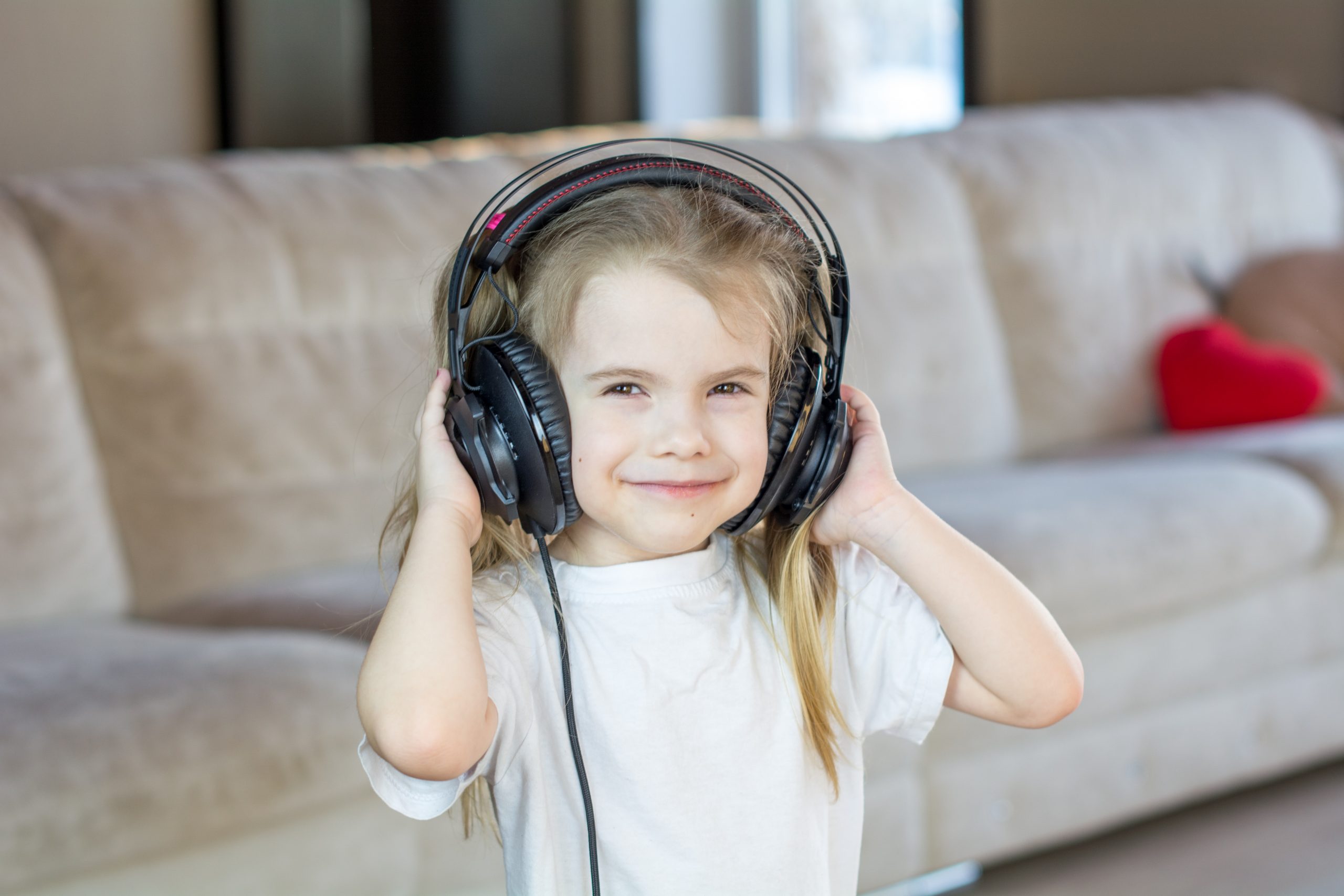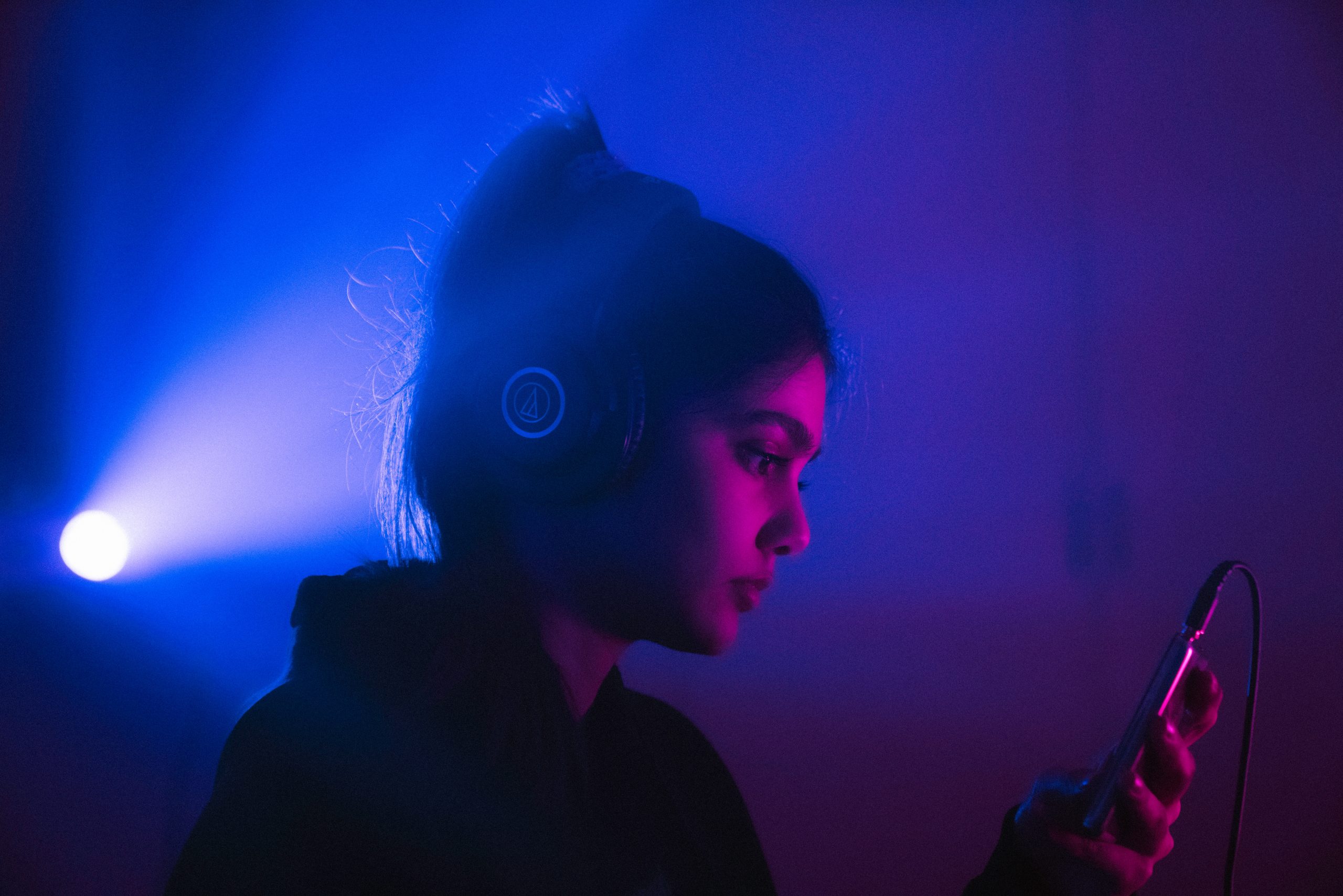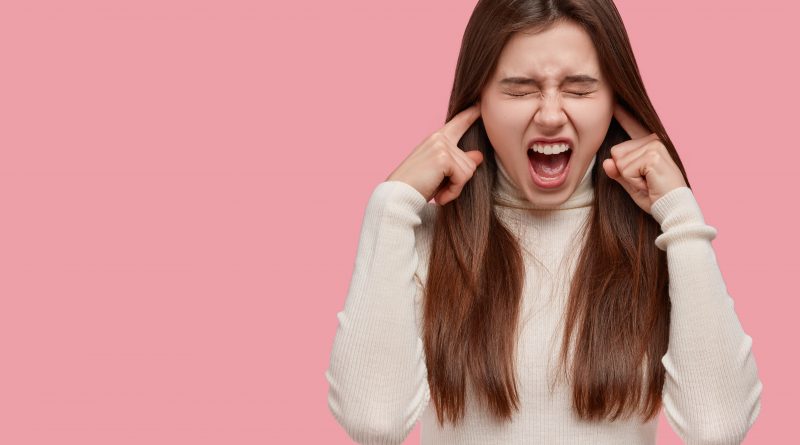Noise induced hearing loss

 Hearing loss has negative consequences on not just the individual but on society as well. With the continued rise in prevalence of noise induced hearing impairment, it has emerged as important public health issue requiring urgent attention…..…
Hearing loss has negative consequences on not just the individual but on society as well. With the continued rise in prevalence of noise induced hearing impairment, it has emerged as important public health issue requiring urgent attention…..…
By Dr Suneela Garg / Dr Arvind Garg
Noise induced hearing loss is emerging as a severe public health problem. Noise pollution can be defined as any unwanted elec¬tromagnetic signal that produces dis¬pleasing effect. According to World hearing report WHO 1.5 billion people experience hearing loss, of which at least 430 million require rehabilitation services. This need is likely to rise to over 700 million by 2050, Noise-induced hearing loss (NIHL) is a hearing impairment resulting from exposure to loud sound. In Indian context NIHL is one of the most important components requiring urgent attention.
Noise pollution can be defined as any unwanted elec-tromagnetic signal that produces dis¬pleasing effect and which interferes with human com¬munication, comfort and feeling of wellbeing. Noise-induced hearing loss (NIHL) is the most common cause of Sensorineural hearing loss (SNHL)
The studies globally have found workers engaged in construction, industrial (automotive industry, mines, and quarry, metal, textile, etc.), shipyards, firefighters, military, civil aviation, railways, agriculture, traffic policemen, teachers, etc. are at increased risk of NIHL.
Though the largest burden of NIHL has been through occupational exposures; however, noise-induced hearing loss can also be due to unsafe recreational, residential, social and military service-related noise exposures. It is estimated that 15% of young people are exposed to sufficient leisure noises (i.e. concerts, sporting events, daily activities, personal listening devices, etc.) to cause NIHL.
The problem of NIHL is more acute in developing world countries where rapid industrialization, a large informal sector and lack of protective engineering and prophylactic measures for noise control expose workers to hazardous noise conditions. India has millions of workers employed in industries having very high sound pressure levels which increase the risk of NIHL. The Factory Act of India recognizes NIHL as a modifiable disease. A maximum of 90 dB (A) for 8 hours continuous noise exposure is the limit recommended by the Directorate General of Factories Advisory Services and Labour Institutes.
 The World Health Organization estimated in 2015 that 1.1 billion young people are at risk for hearing loss caused by unsafe listening practices. People may have a loss of perception of a narrow range of frequencies or impaired perception of sound including sensitivity to sound or ringing in the ears. When exposure to hazards such as noise occur at work and is associated with hearing loss, it is referred to as occupational hearing loss. Noise is a common workplace hazard, and recognized as the risk factor for noise-induced hearing loss and tinnitus but it is not the only risk factor that can result in a work-related hearing loss
The World Health Organization estimated in 2015 that 1.1 billion young people are at risk for hearing loss caused by unsafe listening practices. People may have a loss of perception of a narrow range of frequencies or impaired perception of sound including sensitivity to sound or ringing in the ears. When exposure to hazards such as noise occur at work and is associated with hearing loss, it is referred to as occupational hearing loss. Noise is a common workplace hazard, and recognized as the risk factor for noise-induced hearing loss and tinnitus but it is not the only risk factor that can result in a work-related hearing loss
In recent time, many religious houses, in the name of worshiping God have resorted to using public address system to attract people to their centres, thereby resulting to noise pollution in the society.
Exposure to sound above a level of approximately 85 dB initially manifest as a temporary hearing loss or dullness of hearing that is known as temporary threshold shift (TTS), which may have fast resolution within first 10-15 days of the exposure. However, a repeated or sustained exposure of noise to the hair cells and associated nerve fibers leads on to degenerative changes and the TTS becomes permanent threshold shift (PTS). The effect of excessive noise could be so devastating that it can cause permanent memory loss or psychiatric disorder.
Hearing may deteriorate gradually from chronic and repeated noise exposure (such as to loud music or background noise) or suddenly from exposure to impulse noise, which is a short high intensity noise (such as a gunshot or air horn).In both types, loud sound over stimulates delicate hearing cells, leading to the permanent injury or death of the cells. Once lost this way, hearing cannot be restored in humans. Noise affects human health adversely indiscriminate use of hornby motor vehicles and widespread use of loudspeaker in different Indian social and religious functions can cause different types of health Problems to inhabitants. It may cause mental disorder, deafness, high blood pressure, dizziness nervous breakdown and insomnia(inability to sleep).Persons exposed to high noise level scan cause high levels of circulatory problems, cardiac diseases hypertension, peptic ulcers and neurological impairment.
There are a variety of prevention strategies available to avoid or reduce hearing loss. Lowering the volume of sound at its source, limiting the time of exposure and physical protection can reduce the impact of excessive noise.If not prevented, hearing loss can be managed through assistive devices and communication strategies.
 The Supreme Court has held that the Court may issue directions in respect of controlling noise pollution, even if such noise was a direct result of and was connected with religious activities. It said, “Undisputedly, no religion prescribes that prayers should be performed by disturbing the peace of others. In a civilized society in the name of religion, activities which disturb old or infirm persons, students or children having their sleep in the early hours or during daytime or other persons carrying on other activities cannot be permitted.” Supreme Court in the case of Noise Pollution (V), In re, (2005) 5 SCC 733 has held as under: “150. on bursting of firecrackers in the during Diwali and for other festivals.. Indian society is pluralistic. People of India belong to different castes and communities and have belief in different religions and celebrate different festivals. We are tolerant of each other. There is unity in diversity. If relaxation is allowed to one there’ll be no justification for not permitting relaxation to others. If we do so, relaxation will become the rule. It will be difficult to enforce restriction.”
The Supreme Court has held that the Court may issue directions in respect of controlling noise pollution, even if such noise was a direct result of and was connected with religious activities. It said, “Undisputedly, no religion prescribes that prayers should be performed by disturbing the peace of others. In a civilized society in the name of religion, activities which disturb old or infirm persons, students or children having their sleep in the early hours or during daytime or other persons carrying on other activities cannot be permitted.” Supreme Court in the case of Noise Pollution (V), In re, (2005) 5 SCC 733 has held as under: “150. on bursting of firecrackers in the during Diwali and for other festivals.. Indian society is pluralistic. People of India belong to different castes and communities and have belief in different religions and celebrate different festivals. We are tolerant of each other. There is unity in diversity. If relaxation is allowed to one there’ll be no justification for not permitting relaxation to others. If we do so, relaxation will become the rule. It will be difficult to enforce restriction.”
Right to sleep peacefully is a fundamental right :The right to sleep has always been treated to be a fundamental. The Apex Court held thus: “327. Sleep is essential for a human being to maintain the delicate balance of health necessary for its very existence and survival. Sleep is, therefore, a fundamental requirement without which the existence of life would be in peril. To disturb sleep, therefore, would amount to torture, which is now accepted as a violation of human right.”
Avoiding exposure to loud sound levels is considered as the most effective preventive measure for protecting hearing health globally. Public health goals are minimizing harmful noise production at the source, preventing exposure to hazardous noise, provision of effective personal protective equipment (PPE) to those exposed to hazardous noise, early detection of NIHL by periodic screening along with medical and social rehabilitation of those with hearing loss.
(The authors are Professor of Excellence Community Medicine, and Hony, Secretory General Sound Hearing 2030/ Director Child Care Clinic & Head Paediatrics Apollo Group of Hospitals, Noida)

